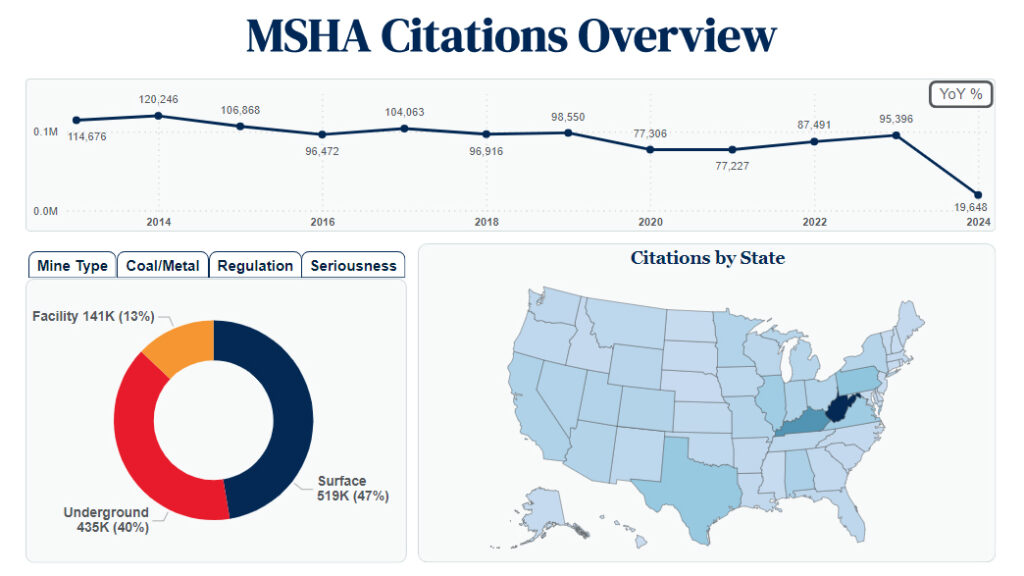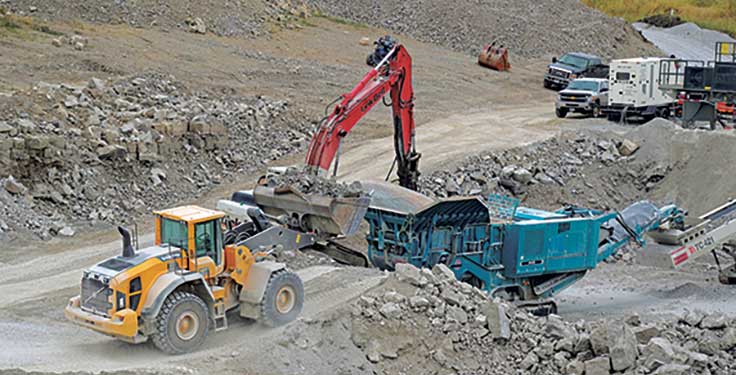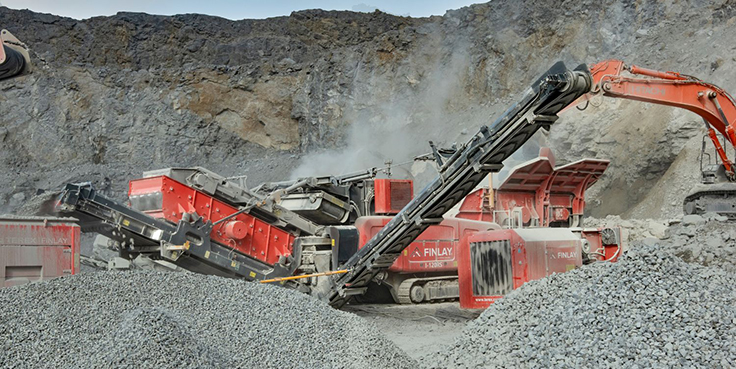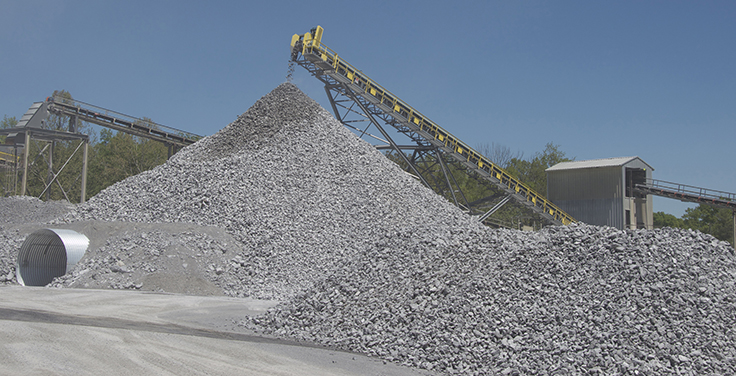

We have said this many times before, but you really must keep track of your violation history.
And when we say “you,” we are not talking about the safety directors out there. They are already with us on this.
We are talking about every supervisor and manager at mine sites. They should all know an operation’s history over the last few years. Reading a few citations on the bulletin board is just not enough.
You must see an operation’s safety performance from the Mine Safety & Health Administration’s (MSHA) perspective. Specifically, you must have MSHA’s Data Retrieval System (DRS) enforcement page for your operation a keystroke away on your computer. The DRS is not a crystal ball, but it is an effective roadmap regarding what you might see in your next inspection.
When you have that history ingrained in you, we have another tool to enhance your understanding of the enforcement environment you face: Ogletree’s MSHA Tracker.
Useful tool

It bears repeating that MSHA’s “General Inspection Handbook” requires inspectors to conduct a review of a mine operator’s compliance history prior to arriving at a mine to begin a regular inspection.
Among other things, the handbook requires the inspector to review a mine’s outstanding citations and orders, its pattern of violations score, flagrant violations, injury and illness incidence rates, accident and employment statistics, and the S&S rate calculator.
In effect, your inspector studies your DRS page and pulls together a plan for your inspection. So it makes sense that your management team study this database.
In its most recent DRS upgrade a few years ago, MSHA added access to databases that were previously only available through specific Freedom of Information Act requests or analysis of annual agency reports.
Although it takes more work, these datasets allow operators to search enforcement data by industry, particular mine groupings, ownership groups, MSHA districts, and more. For our readers, we’ve taken the work out of that process.
Our MSHA Tracker dashboard is available at ogletree.com. In the dashboard, our team presents analysis of MSHA’s publicly available citation and penalty data to help mine operators and mining industry contractors track enforcement history and identify emerging enforcement trends. The dashboard includes data on citations and penalties issued that can easily be filtered to focus on standards cited, types of citations and orders, and citation gravity. These filters can be utilized to spotlight enforcement trends in different states, segments of the mining industry, and regulations.
Additional filters are available within the firm’s client portal to enable an analysis of trends by MSHA district and specific mine operator. For instance, if you have an operation in Oklahoma, within the purview of the Dallas District Office, you can use the district office filter to see if there are enforcement trends in that district that don’t show up on the national statistics presented on the MSHA website.
For years, when conducting supervisor training, we’ve relied heavily on the “Most Frequently Cited Standards” lists that MSHA publishes on its website to emphasize agency enforcement trends. This filter has now given us a tool to communicate more timely and effective information about how each district is tracking with respect to certain regulations and citation types.
For example, if you are not seeing workplace examination citations on the top 10 list nationally but it seems to you that there has been an uptick in these citations at your operation within a specific district, you can easily check to see if that is the case.
One spoiler alert: Some district offices are significantly outpacing other districts in the issuance of workplace examination citations.
All of this information is valuable in a discussion with your team. It enables you to stress the importance of their compliance efforts and the implications of failing to meet the requirements set out in mandatory regulations.
Of course, none of these tools is as important as the constant reinforcement of the safety goals your team aims to achieve. The message in that reinforcement is that a safe workplace is the priority for everyone at the operation.
Related: When to notify MSHA of an injury
Bill Doran and Margo Lopez are with the national labor, employment and safety law firm Ogletree Deakins. They can be reached at william.doran@ogletree.com and margaret.lopez@ogletree.com.












